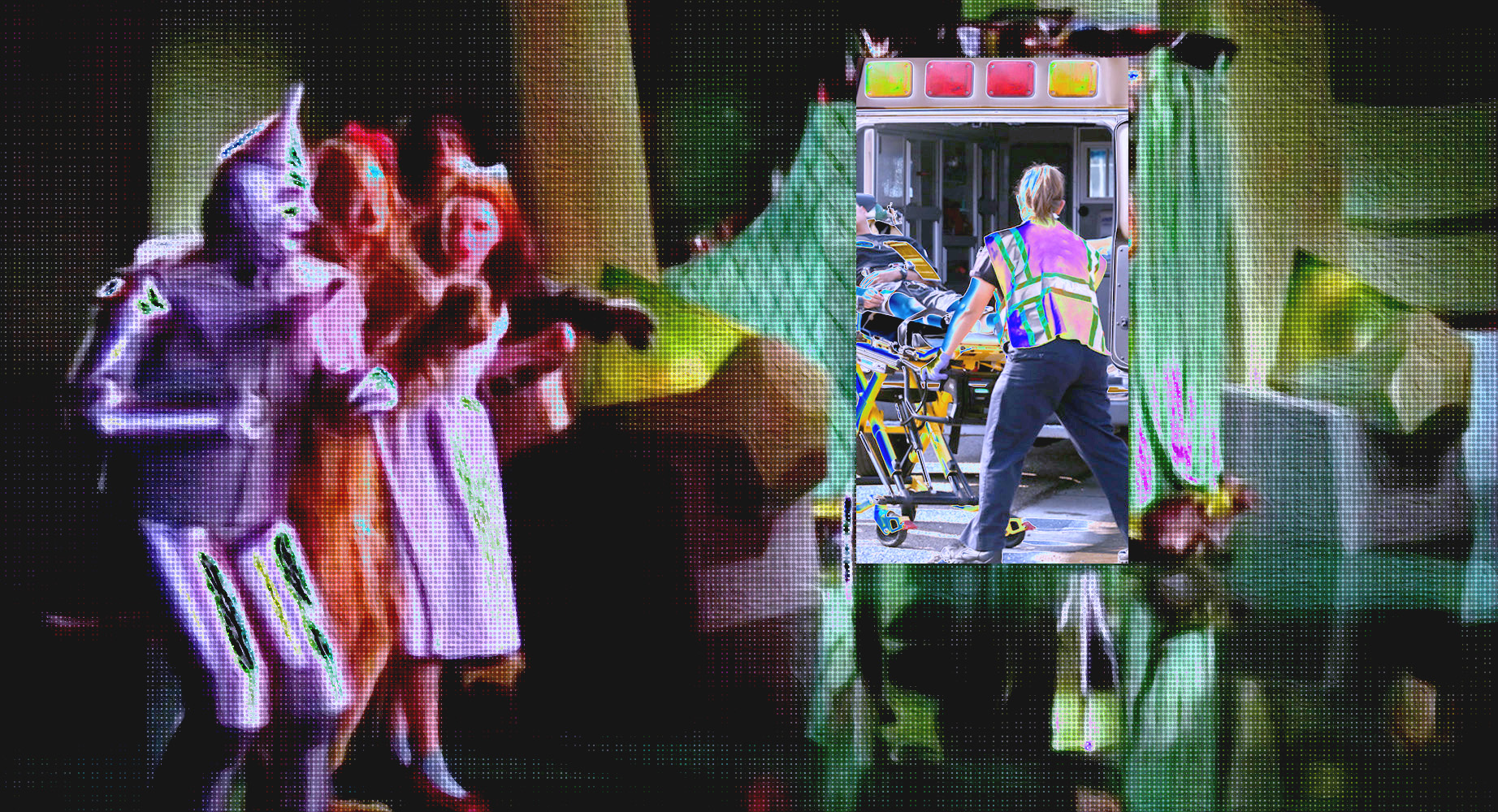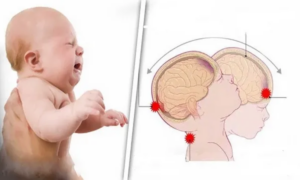by Maia Dorsett, MD PhD

At the end of my third year of residency, I was in the process of solidifying my decision to pursue a fellowship in EMS. I was on rotation in the Medical ICU and we were having an informal conversation about plans following residency. When I stated that I planned to pursue an EMS fellowship, the ICU Attending asked what it was.
My response?
EMS is the subspecialty of medicine that encompasses provision care beyond the borders of the hospital, at the level not only of individual patients but the entire community. That the care was not limited to 911 response in the traditional sense, but also public health, community education, disaster preparedness, provision of continuity of care following hospital discharge and in fact, to every critically ill patient transferred to his very own ICU. From then on, I pulled up available EMS records on every admission to point out the critical and often life-saving interventions provided to patients before they entered the hospital borders. My mission was to highlight the scope and importance of care provided by EMS providers.
I am not sure if this ICU attending – and the countless others who stated that they have never heard of an ‘EMS fellowship’ – were unaware of what EMS stands for. I think that they did not recognize the term in the context in which it was presented; they did not recognize it as a physician subspecialty, let alone a practice of medicine. I’m sure that those who did not recognize the term ‘EMS fellowship’ would expect a prompt and competent medical response if they were to call 911 from their living room or public place. In the grand scheme of things, EMS is relatively new. Accidental Death and Disability, which spurred the development of both EMS and Emergency Medicine, was only published a half century ago. EMS was only approved as a physician subspecialty in 2010, with the first board certifying examination offered in 2013. Like many developments that are also relatively young– the internet, cellular data network – EMS has become an assumption of peoples’ lives. Much like the delayed knowledge translation window between quality research and change in practice, moving the behemoth of the house of medicine to change the way it thinks is a long, arduous and inefficient process.
When it comes to recognition of EMS as a practice of medicine, we need to speed things up. Advocacy for our specialty is advocacy for our patients.
The reason?
Failure to recognize EMS as a practice of medicine stunts the growth of the specialty towards the model set out in the EMS Agenda for the Future:
“Emergency medical services (EMS) of the future will be community-based health management that is fully integrated with the overall health care system. It will have the ability to identify and modify illness and injury risks, provide acute illness and injury care and follow-up, and contribute to treatment of chronic conditions and community health monitoring. This new entity will be developed from redistribution of existing health care resources and will be integrated with other health care providers and public health and public safety agencies. It will improve community health and result in more appropriate use of acute health care resources. EMS will remain the public’s emergency medical safety net.”
While small steps have been made, the defacto situation is that EMS is reimbursed as a taxi service, mobile integrated healthcare programs are stunted, EMS providers are disrespected and underpaid, national certification of EMS providers fails to be 100% nationally accepted, EMS research is still underperformed and underfunded, hospitals fail to share outcome data and operational metrics rule assessments of EMS quality.
There are many different approaches to changing the status quo. EMS physicians and providers with significantly more experience and knowledge than me are pursuing those routes. But as someone new to EMS (a lab nerd turned emergency physician who caught the EMS bug mid-residency), I can tell you that part of every approach needs to be explaining the specialty of EMS not only to the public and lawmakers, but to our colleagues in medicine. I have now given talks on the principles of and barriers to Mobile Integrated Healthcare in a limited number of venues – three different EM residencies and a conference on healthcare overuse. In every situation, audience members have been surprised and inspired by how EMS can be used to provide patient-centered care with decreased healthcare utilization. They have been similarly frustrated by the payment by transport model. They have shared in our vision for a truly integrated healthcare system.
For our healthcare system to meet its potential to improve the health of our communities, it must be transformed. Many of us became EMS physicians because we wanted to be part of this transformation.
Those of us who took the EMS Boards in September are anxiously awaiting exam results. Many if not most of us put ourselves through the exam not for better pay or a new position, but because of dedication to the specialty – to the knowledge that we can positively influence the lives of an incredible number of people by improving the quality of care they receive on a system-wide level. It’s time that our colleagues in medicine understood what we actually do.




